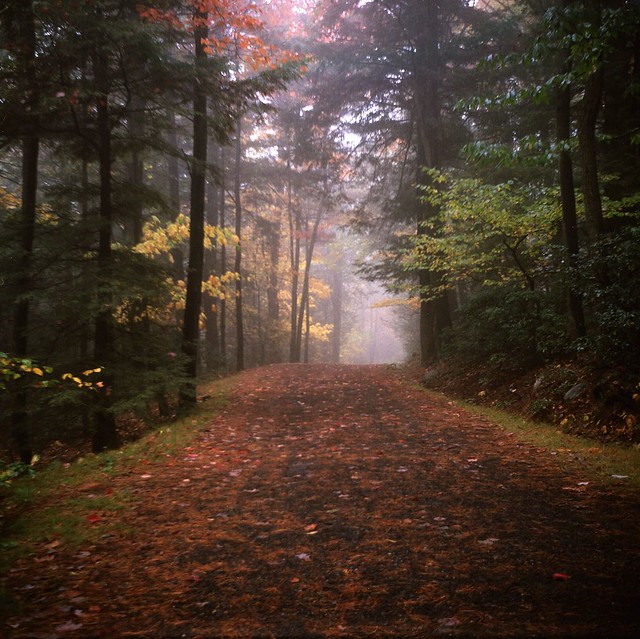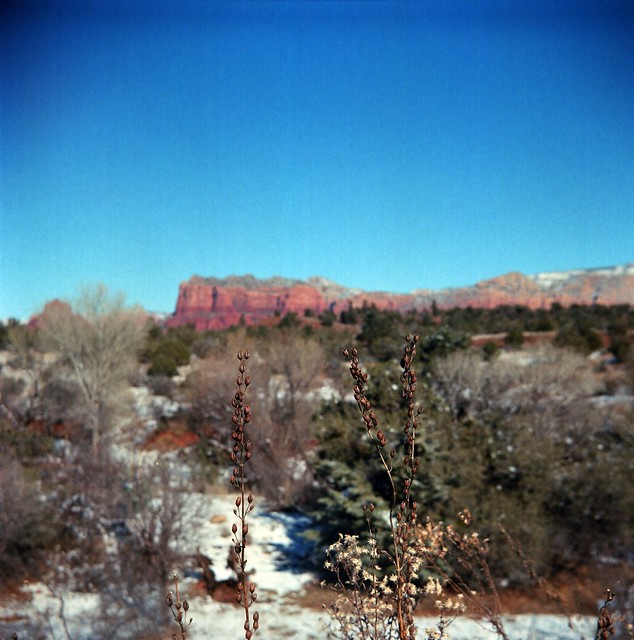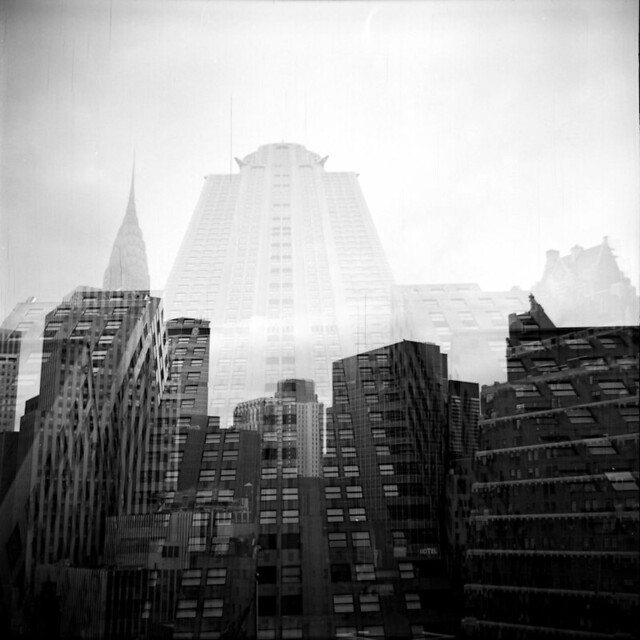Horace
TPF Noob!
- Joined
- Jan 10, 2016
- Messages
- 21
- Reaction score
- 0
- Can others edit my Photos
- Photos OK to edit
Hi guys,
I am looking into the costs of trying MF film photography. An idea I had is to leave a battery-less camera in my car (which also has a tripod in there 100% of the time) in the event that I come across something that needs to be captured. I thought MF might suit those kinds of scenes that I might run into.
Last time I used a film camera was probably when I was 10 or so, and it was a Nikon F2. Film was still cheap back then.
How much would MF cost me, both upright and per 10 shot? 6x6 would be nice, but I can settle for 645. Finding a light tight room in my apartment would not be that ideal. I have seen cans that do not require a darkroom to process but cannot find them for MF. So it would probably have to be sent out for development. I don't think I need high quality scans though, because for me one of the main advantage is to print in large scale. So I see my workflow to keep only budget friendly screens and select the ones I really like to be printed by a store.
I am looking into the costs of trying MF film photography. An idea I had is to leave a battery-less camera in my car (which also has a tripod in there 100% of the time) in the event that I come across something that needs to be captured. I thought MF might suit those kinds of scenes that I might run into.
Last time I used a film camera was probably when I was 10 or so, and it was a Nikon F2. Film was still cheap back then.
How much would MF cost me, both upright and per 10 shot? 6x6 would be nice, but I can settle for 645. Finding a light tight room in my apartment would not be that ideal. I have seen cans that do not require a darkroom to process but cannot find them for MF. So it would probably have to be sent out for development. I don't think I need high quality scans though, because for me one of the main advantage is to print in large scale. So I see my workflow to keep only budget friendly screens and select the ones I really like to be printed by a store.




![[No title]](/data/xfmg/thumbnail/37/37135-37494dce30fd59534347332f715b7f8c.jpg?1734169835)
![[No title]](/data/xfmg/thumbnail/38/38262-10a9668da9a2b36a92cddde57caf87bc.jpg?1734172150)

![[No title]](/data/xfmg/thumbnail/37/37134-5a2bb173004bc7a08fdf2124814ebdc1.jpg?1734169835)
![[No title]](/data/xfmg/thumbnail/42/42329-331b54ea6493a8cdd21d8e624fe97e85.jpg?1734176827)




![[No title]](/data/xfmg/thumbnail/38/38263-ad5e4c9e677626ddb5b1e7cdf9ebe40e.jpg?1734172152)

